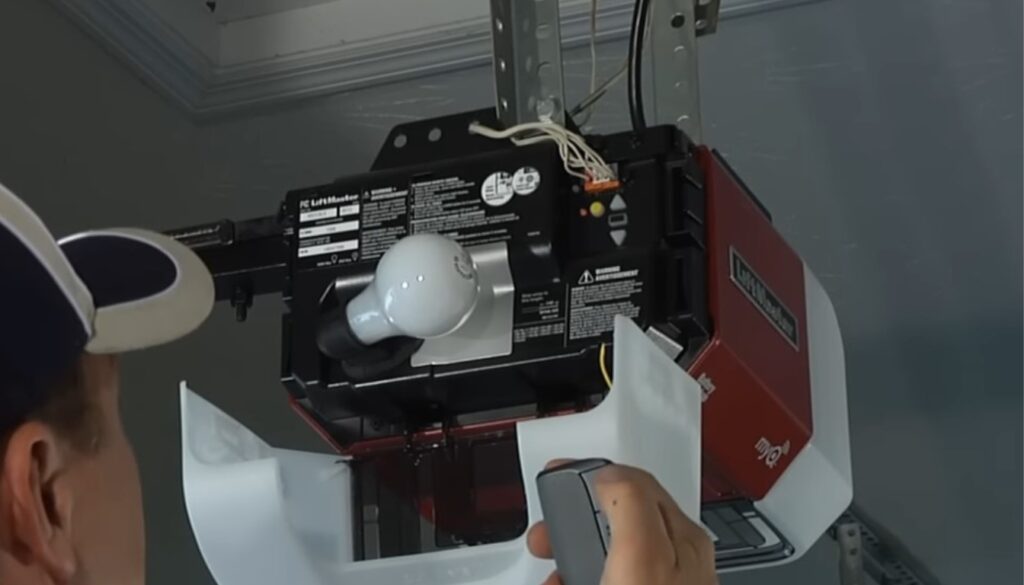Introduction
In the quest for energy efficiency and enhanced comfort within our homes, the garage is often an overlooked space. However, with increasing awareness about environmental sustainability and energy savings, homeowners are beginning to realize that every aspect of their house, including the garage door, plays a crucial role in overall performance. One of the most significant factors in this equation is R-value—a measure of thermal resistance. This article delves deep into The Importance of R-Value in Your Garage Door Selection Process, exploring its implications on energy consumption, comfort, and even security.
What is R-Value? Understanding Thermal Resistance
R-value represents the capacity of an insulating material to resist heat flow. The higher the R-value, the better the material insulates. For garage doors, R-values typically range from 0 to 20 or more, depending on materials and construction techniques used.
Why Does R-Value Matter for Garage Doors?
Energy Efficiency: An insulated garage door can significantly reduce heating and cooling costs. Comfort: A higher R-value means a more comfortable environment within your home. Noise Reduction: Insulation can help improve garage door acoustics. Condensation Control: Proper insulation helps mitigate moisture-related issues.Maximizing Garage Door R-Value
To maximize your garage door's R-value, consider various factors:
Types of Insulation Materials
Different materials have different thermal resistances:
- Polystyrene Foam: Commonly used due to its excellent insulation properties. Polyurethane Foam: Offers superior insulation but may come at a higher cost.
Construction Techniques
Look for multi-layer construction in your garage door design:
- Steel doors with thermal breaks effectively minimize heat transfer. Ensure proper seals around edges to prevent air leaks.
Garage Door Window Options and Styles
Adding emergency garage door service windows can enhance aesthetics but may compromise insulation. When selecting windows for your garage door:
Double-Paned Glass: Provides improved thermal performance. Low-E Coatings: Reflects infrared light while allowing visible light through.Choosing window options wisely can maintain a balance between natural light and insulation efficiency.
Types of Garage Door Cladding Materials
The cladding material impacts both durability and R-value:
- Steel offers strength but needs insulation. Wood provides natural beauty but requires maintenance.
Choosing the right cladding will influence not just aesthetics but also functionality and longevity.
Garage Design and Garage Door Installation
A well-designed garage integrates seamlessly with your home’s architecture while fulfilling functional needs:
Consider orientation; north-facing garages may need more insulation than south-facing ones. Professional installation can ensure that seals are tight and fit properly.Proper installation enhances the effectiveness of insulation by minimizing gaps where energy loss could occur.
Garage Door Lift Mechanisms Explained
Understanding lift mechanisms is essential for choosing a suitable garage door:
Chain Drive Systems: Cost-effective but noisier; ideal for detached garages. Belt Drive Systems: Quieter operation; perfect for attached garages where noise matters.Selecting an appropriate lift mechanism goes hand-in-hand with evaluating how it affects your overall energy efficiency.
Garage Door Lathe Options and Durability
Lathe contributes to both durability and aesthetic appeal:
Metal lath offers robustness against wear. Vinyl lath provides weather resistance while being visually appealing.The choice you make here can impact maintenance needs over time as well as how well they hold up against harsh conditions.
Maintaining Insulated Garage Doors
Routine maintenance ensures longevity:
Inspect seals regularly to avoid air leaks that diminish R-value. Clean tracks to ensure smooth operation without added strain on the mechanical parts.Regular maintenance not only extends lifespan but also maintains energy efficiency levels year-round.
Maintaining Your Garage Door Opener
A reliable opener enhances convenience while ensuring safety:
Check batteries in remote controls periodically. Lubricate moving parts to prevent wear over time.Ensuring your opener remains in optimal condition directly influences how effectively you can utilize your insulated garage door system.

Tips for Enhancing Garage Security
An insulated garage door isn’t just about temperature control; it's also about security:
Install reinforced locks on doors leading from the garage into your home. Use motion detection lights around the perimeter for added safety measures.Enhancing security features goes hand-in-hand with selecting a high-R-value door because it usually indicates sturdiness as well as insulating properties.
FAQ Section
What does a higher R-value mean?
A higher R-value indicates better insulating properties, which translates into improved energy efficiency, comfort levels inside the garage, and reduced heating/cooling costs.
How do I know what R-value I need?
Your specific climate zone plays a significant role in determining necessary R-values; consult local building codes or an expert if unsure!
Can I add insulation to my existing garage door?
Yes! Adding rigid foam boards or insulating panels can significantly improve an existing door's R-value while enhancing overall performance.
Are insulated doors worth it?
Absolutely! They offer significant long-term savings on energy bills, increased comfort levels, and enhance property value due to quick garage door repair solutions better curb appeal!
How often should I maintain my insulated garage doors?
It’s advisable to perform routine checks twice a year—once before winter begins and once again before summer—to ensure everything remains intact!
What type of cladding works best with high-R value doors?
Steel clad doors generally provide excellent durability combined with good insulating properties when installed correctly!
Conclusion
In conclusion, understanding The Importance of R-Value in Your Garage Door Selection Process cannot be overstated as it impacts not just energy bills but also comfort levels within your living space! By considering aspects such as materials used for insulation—alongside design choices—you’ll not only maximize heating/cooling efficiencies but also ensure that you’re making an investment that pays dividends over time! Whether you're looking at improving acoustics or enhancing security features alongside choosing efficient lifting mechanisms—each decision ultimately contributes towards cultivating an ideal environment tailored perfectly according to individual preferences!